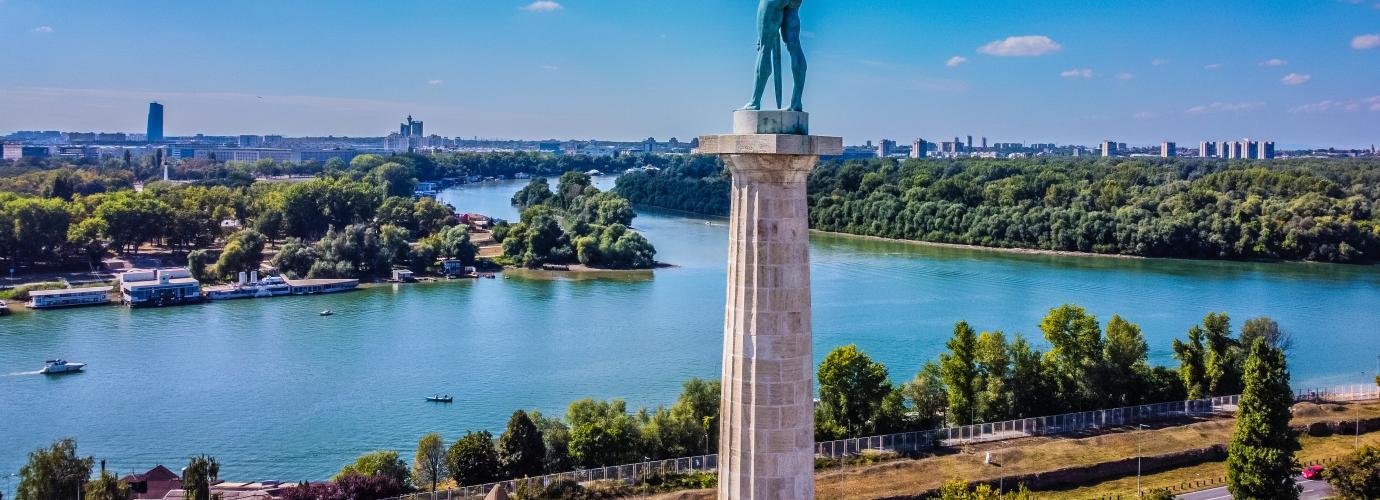The Statistical Office of the Republic of Serbia collects and analyses data on GDP and other economic parameters. GDP is calculated based on the production and expenditure approach, in current and constant prices. According to the Statistical Release National accounts - Quarterly national accounts, 2023, the real GDP growth in the third quarter of 2023, compared to the corresponding period of the previous year, amounted to 3.6%. According to the seasonally adjusted GDP data, gross domestic product increased by 1.3% in the third quarter of 2023, compared to the previous quarter.
Data per field show significant real growth in the gross value added in the third quarter of 2023 in the fields of construction (12.8%), agriculture, forestry and fishing (9.5%) and industry and water supply, sewerage, waste management and remediation activities (3.4%), compared to the same quarter of the previous year.
When it comes to exports and imports in 2023, there was an increase in exports and a decline in imports. For the period of January–December 2023, the value of exports amounted to EUR 28,631.8 million, which was a 3.7% increase compared to 2022. The value of imports amounted to EUR 36,859.5 million, which was a 5.5% decrease compared to the same period in the previous year. The export-import ratio equalled 77.7% and was higher than in the same period of the previous year (70.6%).
Looking at the figures per region, the largest share in Serbia’s exports was recorded in the Vojvodina region (33.4%), followed by the Belgrade region (24.2%), Šumadija and Western Serbia (20.8%) and Southern and Eastern Serbia (19.4%). Approximately 2.3% of the total exports was not classified by territory.
The biggest share in Serbia’s imports was recorded in the Belgrade region (43.3%), followed by Vojvodina (33.1%), Šumadija and Western Serbia (13.3%), Southern and Eastern Serbia (8.3%). Approximately 2.0% of total imports was not classified by territory.
In the reference period, external trade levels were the highest with the counties with which we signed agreements on free trade. European Union member countries account for 59.7% of the total external trade. Data per country show the highest export rates to Germany, Bosnia and Herzegovina, Italy, Hungary and Romania, while Germany, China, Italy, Turkey and the Russian Federation were the most important partners from whom goods were imported.
According to the 2023 Labour Force Survey, the number of the employed amounted to 2,837,600 and the number of the unemployed to 317,200 in the first quarter of 2023. The employment rate was 49.6% and the unemployment rate 10.1% in the reference period. The number of employed persons aged 15 and over rose by 31,500 in the first quarter of 2023, which was an increase of 1.1% compared to the first quarter of 2022. In the same period, the number of the unemployed decreased by 25,000, which was a 0.8% fall.
At the regional level, a significant increase in the employment rate was recorded in the Belgrade region (2.7%) and in Vojvodina (1.6%). The increase in the number of employed persons was the most noticeable in the manufacturing sector, while in the agriculture, forestry and fishing sectors there was a decrease in the number of employed persons.

